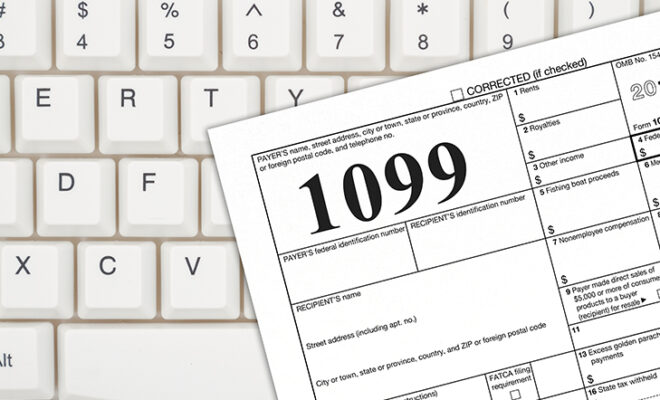Understanding the Spectrum of Risk Tolerance in Portfolio Management

Risk tolerance refers to the amount of market fluctuations that can be endured by your investment and assets within a portfolio. The investment can relate to retirement funding, trading, share market, or equity funds. Risk is an important aspect of financial management and many investors see it as a potential chance to increase their funds and returns on investments. However, it is important to understand risk in order to devise out a plan that can bring you great returns and minimize your chances of loss.
Let’s take a deep look at various factors that can shape up risk tolerance strategies for different investors.
Overview
Risk tolerance is the measurement of risk a person can endure while investing. Evidently, there is some amount of risk involved in every investment. However, the right calculations and planning can help investors withstand probable losses. For instance, when you have a low margin of risk tolerance, you may plan to sell your shares when you see their value declining. If you have high risk tolerance, you can live on the edge and trade in the volatile conditions of the market to ensure a good amount of return on the basis of the risk taken. Some common risk factors that can affect an investor are fluctuations in market trends, merging of a company with another, political decisions, and the value of corporate turnovers.
Managing risk tolerance
Higher risk tolerance can signify a higher amount of return. But this may not always be the case and cannot be taken as a general rule of investing. The ideal way to manage risk is to keep it balanced, embracing the positive effects of strategic management for its tolerance.
You may look forward to managing the resources of your portfolio so that it reaches your end objectives and goals. This process also includes handling potential risk threats and reviving from the losses incurred. The strategic management of risk tolerance can help you in understanding market returns. This helps identify the types of threats your profile is prone to. Risk tolerance and its management is more about identifying ways to lose less money and making sure that the risk is not too large to disassemble your profile’s stability.
Factors determining your risk tolerance
While risk tolerance factors may vary for different individuals, some standard metrics as mentioned below can apply in every investment plan.
1. Goals
The first factor that determines the amount of risk your assets can tolerate is your financial goal. Planning helps you decide what you want from your life and how you can reach that goal. This follows with an investment strategy that can help you achieve the returns you are aiming for.
2. Age
It might be hard to believe at first but your age and financial condition play a vital role in determining your risk tolerance. Generally, when you are above 60, you have less time to rethink your mistakes as a result of which your risk tolerance at this age substantially drops. On the other hand, when you are in your 30s, you have the means, time, and courage to face the volatility of the market and make decisions to rectify your mistakes or repay your debts.
3. Time
Time plays a major role in every investment plan. If you are saving up to buy a property in 5 or 6 years, you may not have the stomach for unnecessary risk. On the other hand, if you are in your 30s and planning to save for your retirement at 65, then you have enough time to analyze and make up for things that do not go as planned. People have a high-risk tolerance when they have more time and vice versa.
4. Investment attitude
Certain individuals are lured towards the large sum of money that comes with higher market risks. They have the knack of dealing with such situations without affecting their peace of mind. Many others are comfortable with lower amounts of risks. They compromise with lower growth margins at low risk. In a nutshell, an aggressive approach can accommodate higher risk tolerance while a portfolio built on safer grounds will entail a lower acceptance of risk.
5. Savings and investment size
For instance, if you have a retirement plan worth $8 million, you may easily invest in risky assets worth more than $800,000. This is because you have a financial cushion as a result of larger savings and a comparatively smaller investment size. Even if the values drop you can comfortably accommodate and compensate for the loss.
To sum it up
Understanding the spectrum of risk tolerance for portfolio management is largely dependent on market volatility. However, when you gain a sense of understanding market trends, you can personalize your portfolio according to your individual risk tolerance. By keeping track of perils, gains, returns, funds, and drifts, you can explore your attitude towards risk and its consequences. Thereafter, you can plan your goals, time, and other factors prior to making investment decisions.
Are you finding it hard to deal with risk in your portfolio? Get in touch with financial advisors as they guide you towards better investment choices to navigate through risk tolerance.













